Business
$1 billion US aid cut to ‘hit Afghan security force funds’
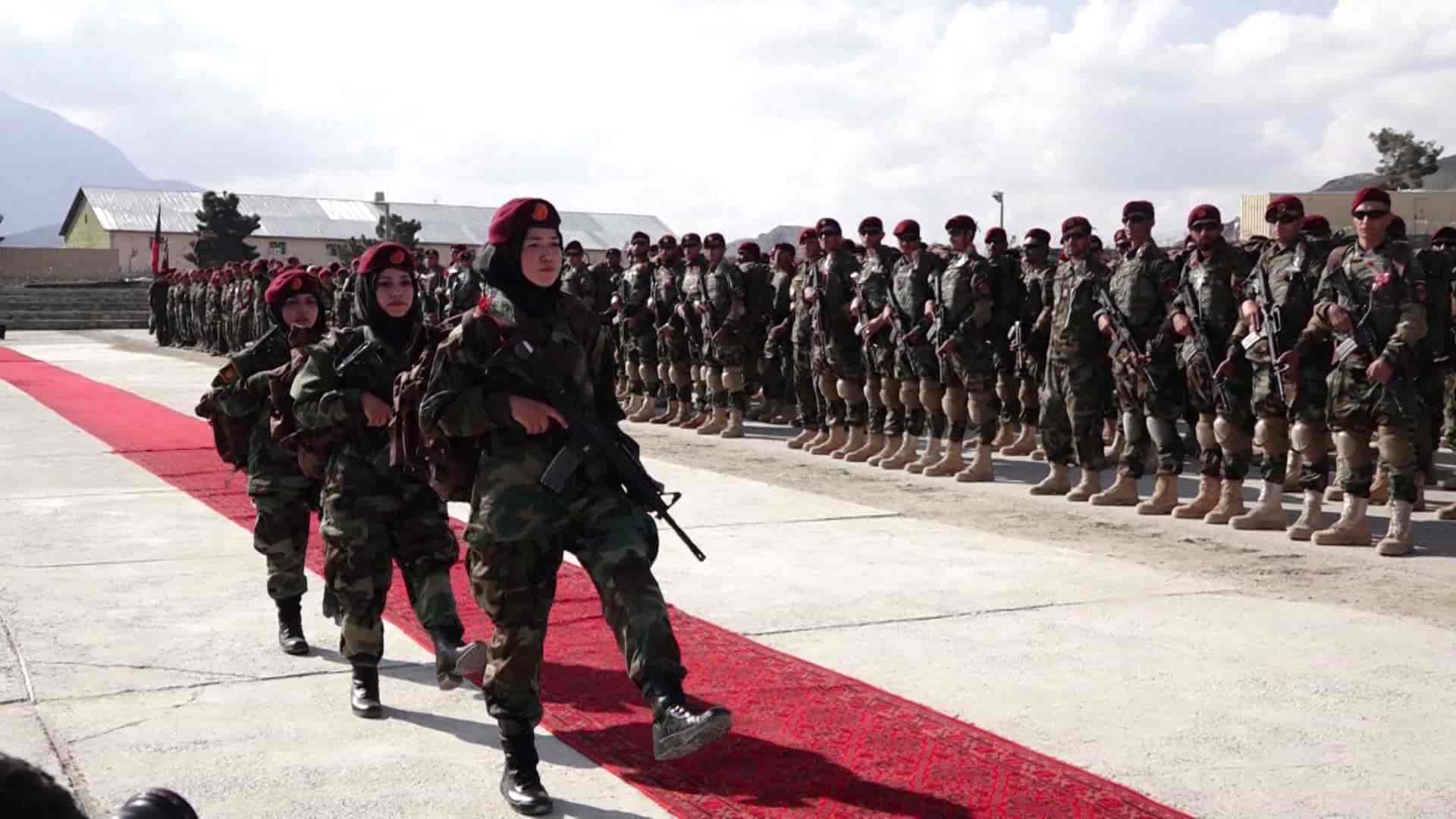
 The US would cut $1 billion of its aid to Afghanistan from funds for Afghan security forces, Reuters reported citing to US sources.
The US would cut $1 billion of its aid to Afghanistan from funds for Afghan security forces, Reuters reported citing to US sources.
The sources have told Reuters that the aid cut would undercut both Kabul’s ability to fight the Taliban and its leverage to negotiate a peace deal with them.
After the US secretary of state, Mike Pompeo failed to convince Ghani and Abdullah to an agreement to resolve the political disputes following the announcement of the results of the election, the US announced a $1 Billion reductions in aid to the country.
Pompeo, however, said the aid cut could be reversed if the two sides resolved their dispute.
Meanwhile, the US’s Principal Deputy Assistant Secretary for South and Central Asian Affairs, said in a tweet that international aid requires partnership with an inclusive government, referring to Afghanistan.
“It can’t be business as usual for international donors in Afghanistan. International aid requires partnership with an inclusive government and we all must hold Afghan leaders accountable to agree on a governing arrangement,” Wells said.
Two U.S. congressional aides have told Reuters on condition of anonymity due to the sensitivity of the matter that State Department officials told Congress the $1 billion would come from a $4.2 billion Pentagon fund that underwrites about three-quarters of the Afghan security forces’ annual budget.
“The idea they would cut security forces funding goes against U.S. national security interests,” one aide has told Reuters, arguing the money is needed to maintain the U.S.-backed government’s ability to fight the Taliban while preserving its bargaining power in peace talks.
Most of the fund pays for salaries, food, fuel, equipment, and infrastructure to support Afghan troops and national police, the report said.
Business
Export volume totals over $140 million in last month of 1402
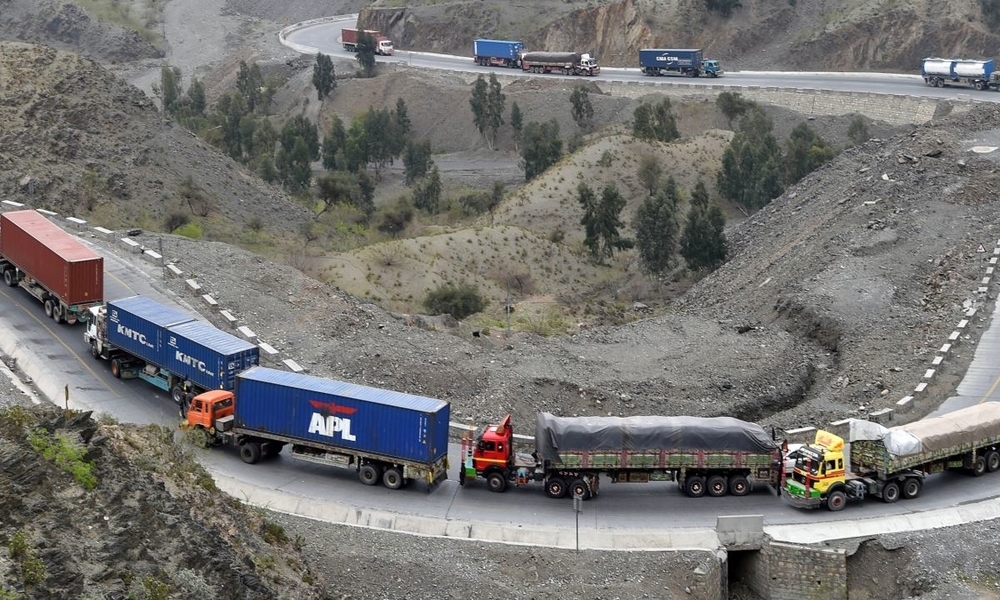
The National Statistics and Information Authority (NSIA) confirmed Tuesday that in the last month of solar year 1402, (March 2024) Afghanistan’s exports totaled $141.1 million and imports totaled $789.6 million.
This was down from $174 million for exports in the same period in 1401. However, imports increased by $99.2 million in 1402, up from $690.4 million.
Most exports in the last month of 1402 went to Pakistan, India and the United Arab Emirates, while in the last month of 1401 exports went to Pakistan, India and China.
Business
Afghanistan-Kazakhstan chamber of commerce opens in Herat
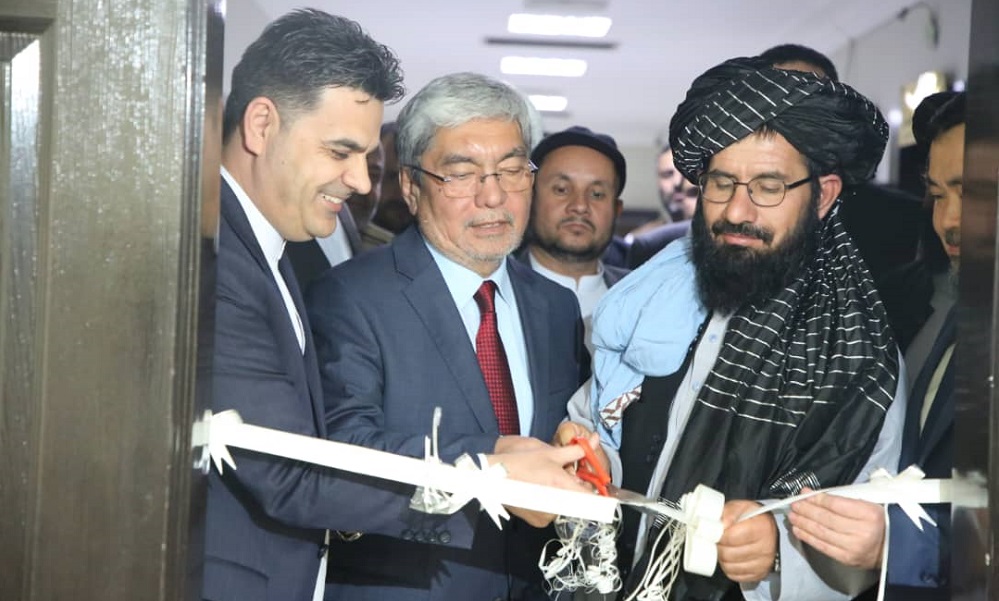
The Ministry of Interior said the governor of Herat province Islam Jar met with Alim Khan Yasin Gildaye, Ambassador of Kazakhstan to Afghanistan, to discuss various issues around trade.
According to the ministry, the two sides discussed the expansion of trade facilities, increasing the volume of trade exchanges between traders of the two countries, reducing customs tariffs, solving the challenges of traders and issuing visas to them.
The Afghanistan-Kazakhstan Chamber of Commerce has been opened in Herat in order to facilitate and increase trade between the two countries.
Business
Afghanistan reaches self-sufficiency in production of 133 items: MoIC
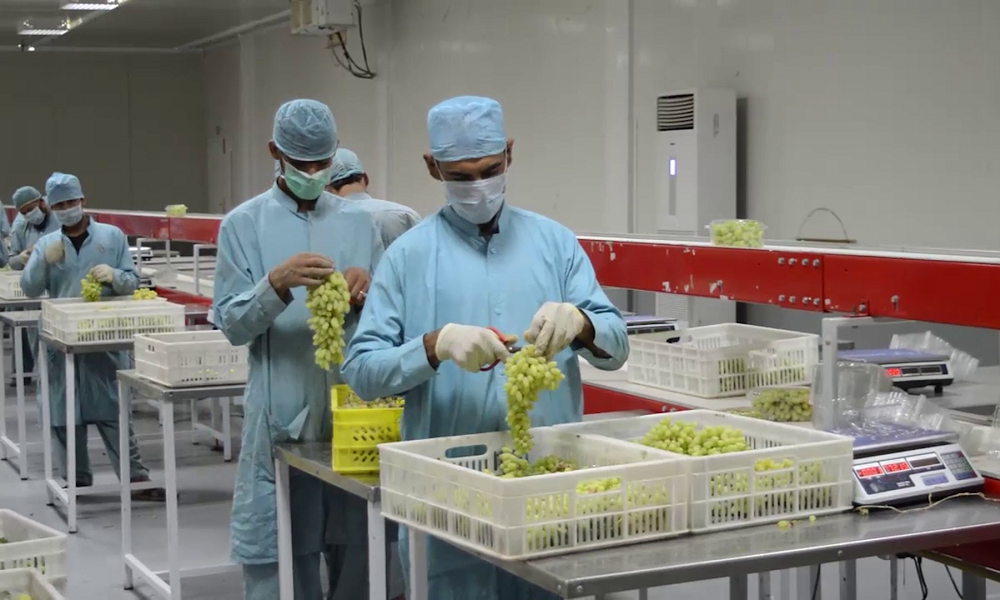
The Ministry of Industry and Commerce (MoIC) says Afghanistan has reached self-sufficiency in 45 sectors and the production of 133 items, and that the ministry is striving to change Afghanistan from an importing country to an exporting one.
The ministry officials said that for this purpose, supporting domestic products and attracting investment is essential.
The ministry’s spokesman Abdul Salam Jawad Akhundzada emphasized increasing the use of domestic goods and products in government and national projects and added that efforts have also begun to find a market for domestic products inside and outside the country.
“We have reached self-sufficiency in 133 items of production, which is 45 sectors, and also we reached the capacity of semi-self-sufficiency in 95 items of production, which is 27 sectors,” he said.
Meanwhile, the Chamber of Industries and Mines (ACIM) says over the past two and a half years, more attention has been paid to the development of domestic production and it is also expanding.
The chamber officials stressed expanding the culture of using domestic products in government projects.
“I think that the government is one of the biggest consumers in the market if it uses domestic products in all its development projects,” said Abdul Nasir Rashtia, a member of ACIM.
Economic experts also said that if the use of domestic products in government projects increases, Afghanistan will quickly move towards economic independence.
-

 Sport4 days ago
Sport4 days agoACL draw to be broadcast live on ATN channels
-
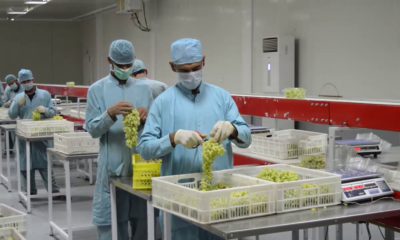
 Business5 days ago
Business5 days agoAfghanistan reaches self-sufficiency in production of 133 items: MoIC
-
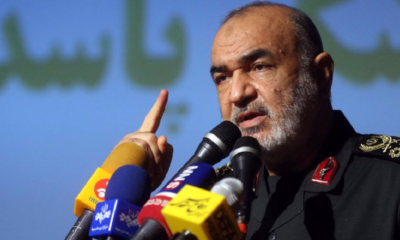
 Regional4 days ago
Regional4 days agoIRGC chief warns of harsher response if Israel attacks Iran
-

 Health5 days ago
Health5 days agoMajority of Afghans with mental disorders are women: officials
-

 World5 days ago
World5 days agoOne killed, 10 injured in cable car accident in southern Turkey
-

 Regional4 days ago
Regional4 days agoIran launches retaliatory attack on Israel with hundreds of drones, missiles
-

 Sport3 days ago
Sport3 days agoACL fever grows as fixtures finalized
-

 Latest News4 days ago
Latest News4 days agoContact group on Afghanistan hits roadblock over Pakistan’s gripe with India



























